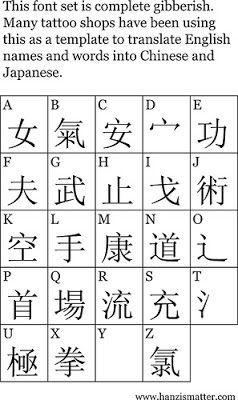I’ve now been in Chongqing for just over a week. Much of this time has been spent settling in, sampling as much of the local food as I can manage to order (or point at) and wandering around the local area. I’ve also spent a couple of days at the new campus of Sichuan Fine Arts Institute, which is about an hour’s drive from my apartment.
Today I went to a life drawing class with some second year students at the university. When I asked how long the model held each position for I was expecting there to be a few short poses with maybe one longer one lasting a maximum of an hour. When I was told that the pose lasted 16 hours I thought I had miss heard. I learnt that the students had spent three days on their drawing and that the model had stood, with breaks every hour, in the same position for the duration. There seems to be a strong focus on accuracy, projecting an image of what is before you onto the paper, and making small precise marks. This is very different to the much freer gestures that I was encouraged to develop as an undergraduate.
My project still feels like it is in the very early stages but I was given a studio to work in a couple of days ago, which is helping me to focus. I have begun work on a short film that I’m making by editing together footage that I’ve taken whilst attempting to walk in the shape of the letter ‘a’ in my apartment and in the local area. This follows on from the letter ‘a’ film I made earlier in the year http://www.youtube.com/watch?v=7FVcLf_Oju4 and my interest in how we enact written forms on varying scales.
In the local area I kept hitting dead ends that made it incredibly difficult to follow the outline of the letter ‘a’ I had drawn on the map. The sense of movement is captured in the film and it reminds me a bit of Google Street View, which is censored in China. I am still trying to workout though how or if people will make the connection between the footage and the shape of the letter and how it will sit with other work more visibly linked to movement and gesture in writing.
In the inflight magazine on the way over I found a picture of some large Chinese paintbrushes hung up outside a Chinese painting/calligraphy shop. Walking around Chongqing I have been struck by the number of mops and brooms hanging up outside shops and on more or less every available wall. The similarities in their size, form, display and, in some ways, function to the Chinese brushes I saw in the image really interests me. I’m not sure where exactly this will lead, but I have begun photographing and sketching them.
Hopefully soon I will be able to organise the workshops I have begun planning to exchange ideas with Chinese artists or students about gestures in writing and drawing. I think this will really help me to move the work on and introduce new marks and gestures into my practice.








